
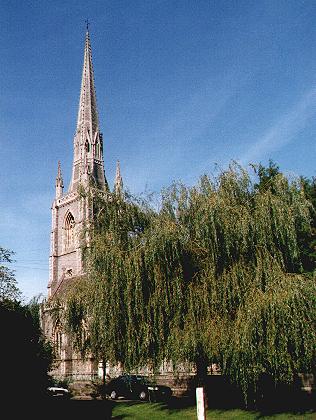
Stapleton Parish Church is often the first church that most travellers by car to the city see. It stands to the south of the M32 motorway, its tall crocketed spire floodlit at night just to make sure you don't miss it. It marks one of the original medieval village centres which were absorbed by the city of Bristol as it expanded. In fact in medieval times, the church was dedicated to St Giles.
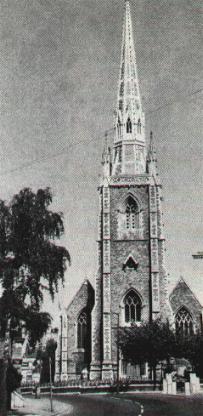
For most Bristolians heading out of the city, to many of the hospitals and educational establishments on the eastern fringes, it is that "gurt big" church at the top of Bell Hill. It is an unforgettable sight, with its tall crocketed spire reaching to the sky, which seems to block off the road at the summit of the hill from below.
From the north, it is difficult to appreciate due to the continual passing traffic on Bell Hill / Frenchay Park Road but it is no surprise that the principle entrance is on this side via the north porch, and that the architect has created an oppulent looking chapter-house-like octagonal vestry at the north-east corner.
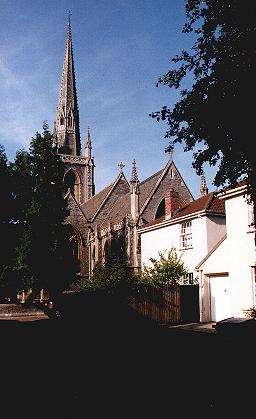
My favourite way of approaching the church is from the south-east, on foot from Wickham Glen, where an ancient stone bridge crosses the River Frome and tall walls flank the steep hilled road and protect large houses behind. Suddenly, just as the climb flattens out, there is the spire in front of you, a piece of Lincolnshire in Bristol. In fact the church is newer than several of the houses, walls and bridge, as it was completely rebuilt 1856-7 to the designs of John Norton, and is one of only two surviving churches of several he designed in the city, and I suggest his magnum opus. The area south of the church still has a villagey feel and the "big house" is now occupied by Colston School.
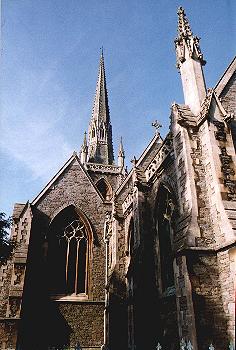
Closer inspection reveals the lavishness of the design , with pierced parapets, carved gables to the buttresses, crocketed pinnacles, and a variety of curvilinear traceried windows. There are Bath Stone details and facings, where the harsh grey Bristol Pennant stone gives the church its sense of belonging to Bristol rather than being a true Lincplnshire building.
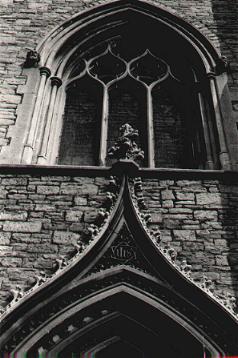
Just look at the work on the tower doorway too, its ogee hoodmould topped with a finial bursting into the window surround, and note also the shafting to the window itself, not one but two shafts and capitals, and a third order of hoodmould ending in head corbels.
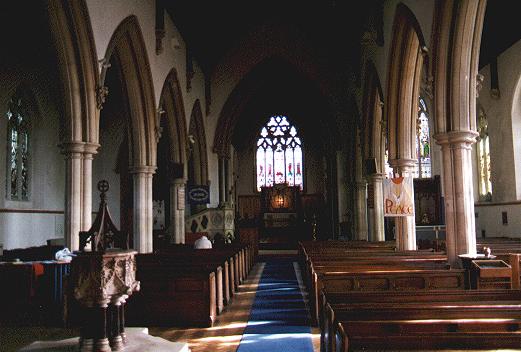
The interior is also oppulent but has been "toned down" in recent years by the removal of texts etc painted on the walls. It is very dark, the church would have benifited from a clerestory, and most windows have stained glass.
The fittings of the church too are what you would expect in a rich suburban C19 church, an ornate font and cover, a stone pulpit and a High Victorian reredos.
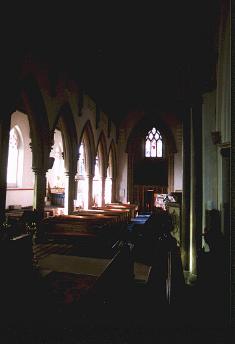
However grouped together at the west end of the church, largely under the tower are a number of wall memorials from the previous church. Also here is a square Norman font of c1200, returned to the church after many years serving as a garden ornament.
Back to the Bristol Churches List